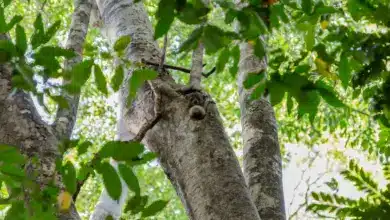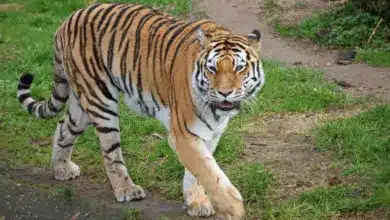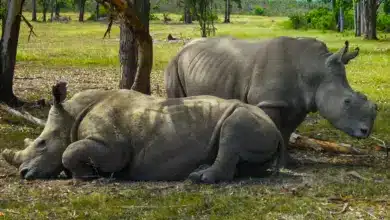Endangered Species List 2012
Our Revised List Of The World's Top 10 Most Endangered Animal Species
Our 2012 Top 10 Endangered Species List is now complete—and the giant panda still has not made the cut!
Elsewhere on this site, we have talked about how subjective Top 10 lists of Endangered animals always are. Hundreds, if not thousands of species qualify for inclusion; therefore, the animals that make any particular list invariably reflect the agenda, preoccupations, and prejudices of the people making the list.
[ez-toc]

Here at All About Wildlife, one prejudice that we’ll admit to is one that’s shared by almost everyone else as well: Despite the fact that there is no shortage of Endangered insects and arachnids, you won’t find a single one on our Top 10 Endangered Species list. And that’s only because we just feel warmer about mammals and birds than we do about spiders and bugs.
Maybe we’ll put an insect on next year’s Ten Most Endangered Animals List. Anybody want to bet that it’ll be an endangered butterfly rather than a dung beetle?
And, what about our panda decision, since this most charismatic of endangered animals makes it onto almost every other endangered species list? Well, our reason for leaving the panda off is the same as before—and it isn’t because we have anything against pandas, and don’t think they need all the help they can get. It’s simply because the panda already receives plenty of attention, and we’d rather help our readers focus on a few endangered species that enjoy a little bit less of the limelight.
In fact, that’s the same reason we took the Endangered mountain gorilla off the main list this year, and replaced it with the Critically Endangered lowland gorilla. Mountain gorillas, in spite of their tiny population, lately have been holding their own, relatively speaking, thanks to the worldwide attention they continue to receive from conservationists and the general public. The more numerous Western lowland gorillas, on the other hand, are being killed at an alarming rate by illegal hunters, who sell them for food, as well as by the deadly Ebola virus. Lowland gorillas desperately need the world’s attention.
The other big change has been to move the Hawaiian monk seal down to Honorable Mention status along with the mountain gorilla, and replace it with the kakapo parrot of New Zealand. Our justification: There are fewer than 200 kakapos remaining in the world, and the bird is a terrific example of a creature being driven into extinction by invasive species that humans have introduced from distant lands.
Oh . . . and we also think the kakapo parrot is cool. It’s the world’s heaviest parrot, the only nocturnal one, and the only flightless one. Combine that with the fact that we’ve been to New Zealand, and we love the place and its people. How can the monk seal expect to compete?
To see our full Top 10 Endangered Species list, clink the link at the top of this article. Have Fun!



